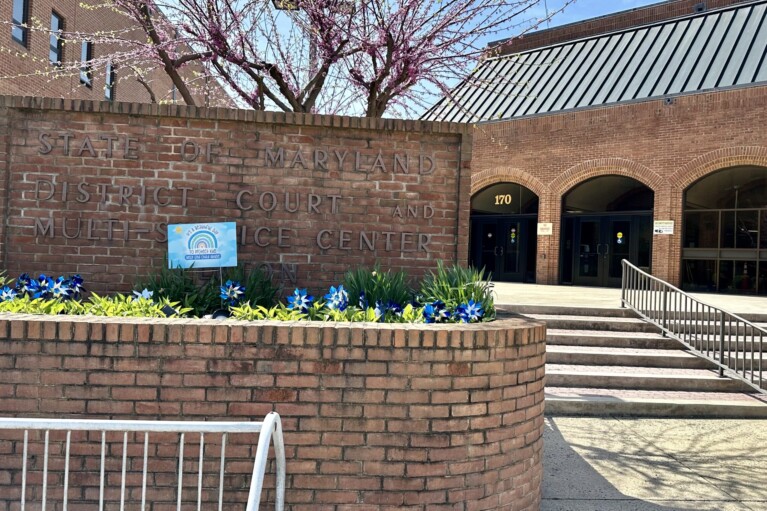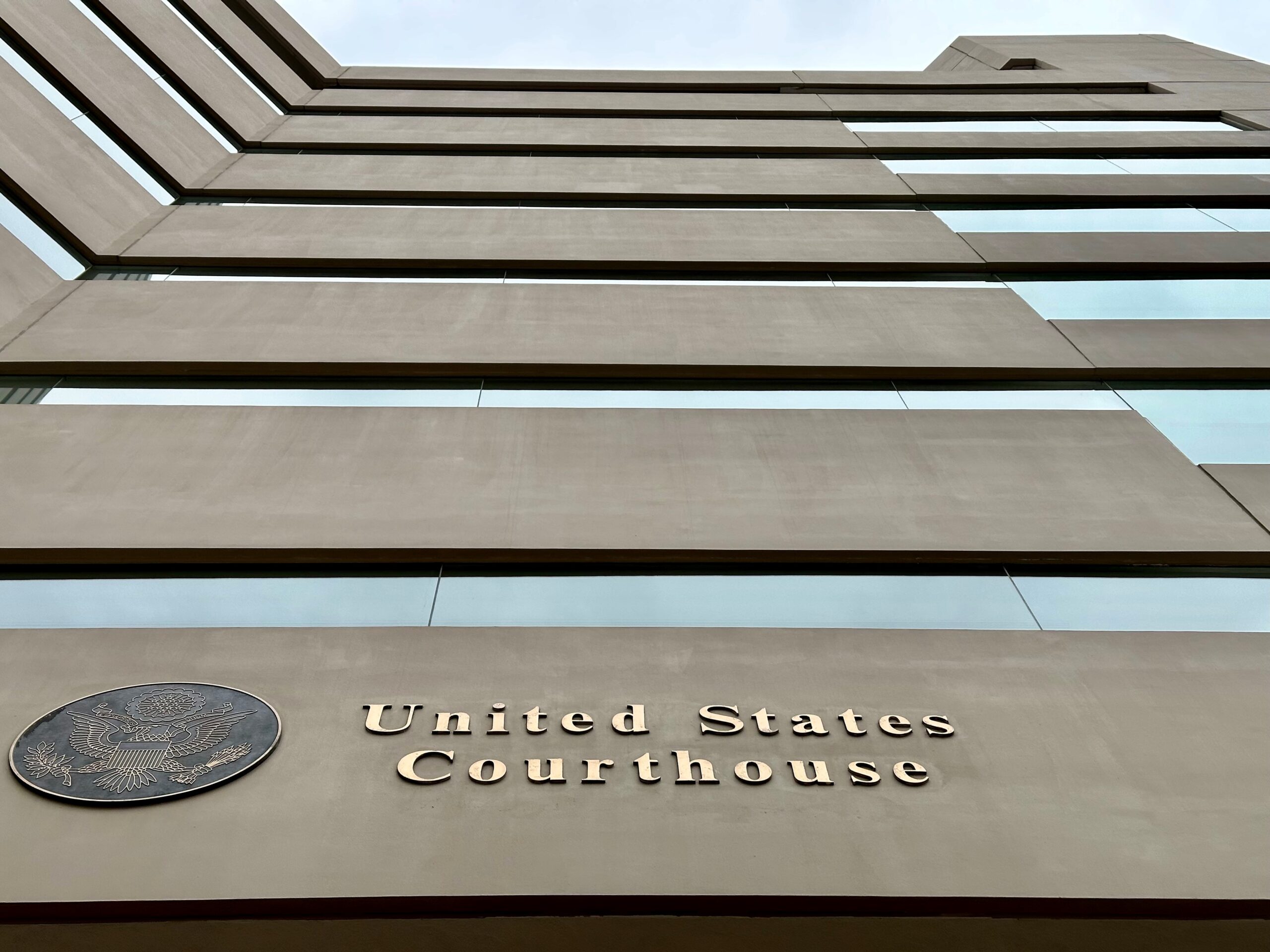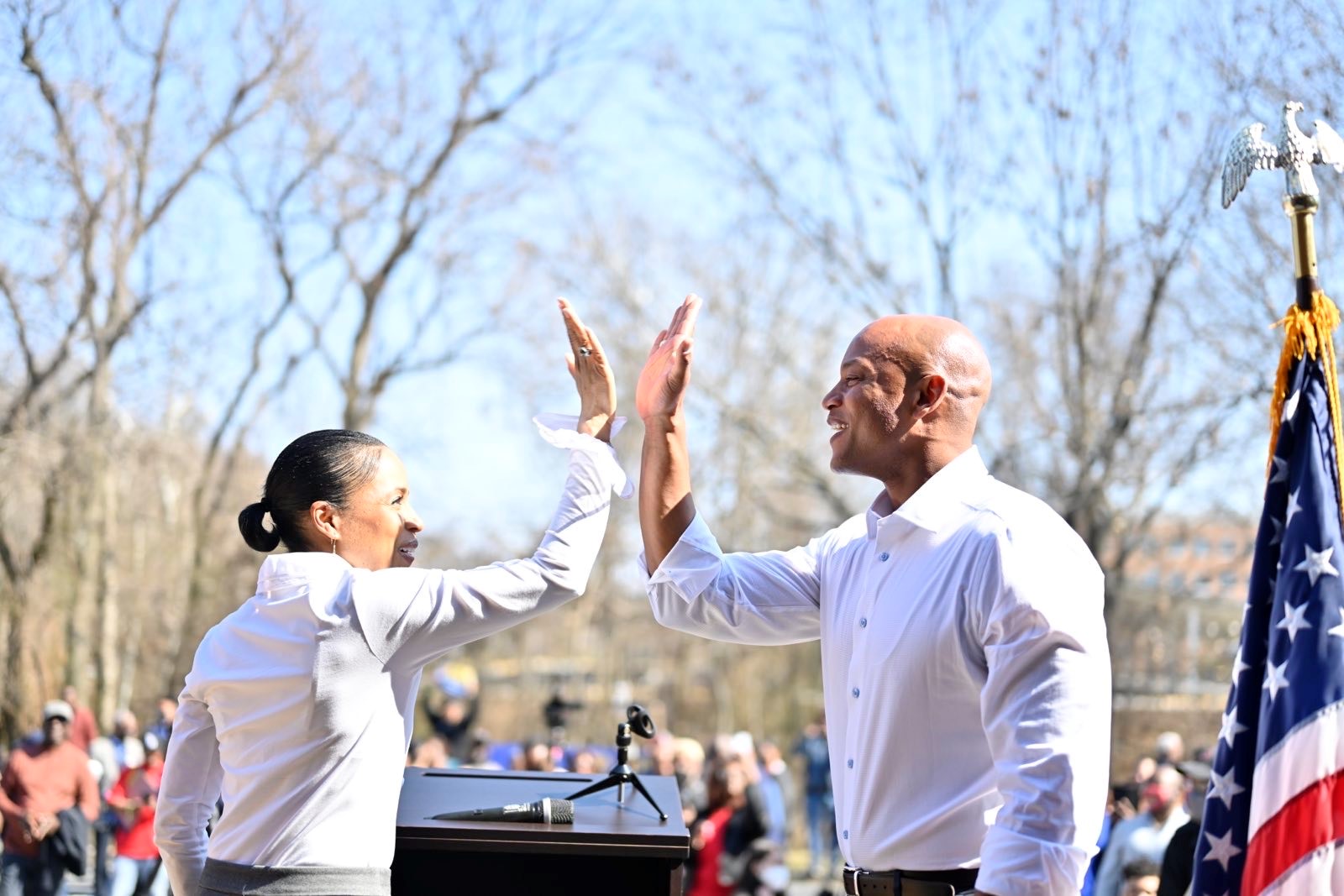Baltimore County Residents Weigh Single- Versus Multi-Member Districts At Hearing

Multi-member districts should be kept in the state’s next proposed maps because they boost legislative diversity, proponents of that district model said at a Monday evening hearing by the Maryland Citizens Redistricting Commission.
Crystal Francis, a public policy adviser and chair of the Baltimore County Democratic Central Committee, said multi-member districts have put Maryland ahead of other states in terms of fair and diverse representation. She noted the National Conference of State Legislatures found last year that the Maryland General Assembly is outpacing other state legislatures in terms of gender and racial representation.
“Multi-member districts have been able to produce the diversity that has been reported in the data in Maryland,” Francis said. “Moving to single-member districts may impact that level of diversity that we see in our statehouse.”
Maryland currently uses a mix of single and multi-member districts. In his executive order creating the Maryland Citizens Redistricting Commission Gov. Lawrence J. Hogan Jr. (R) ordered members of the commission — which includes Democrats, Republicans and unaffiliated voters — to draw a legislative map that uses single-member districts, to the extent practicable.
The commission has been holding meetings in different regions of the state. Monday’s hearing was focused on Baltimore County.
Clifford Collins of the Baltimore County NAACP likewise said minorities and women tend to be better represented in multi-member districts, and warned that uniform adoption of single-member districts could be a form of “gerrymandering in disguise.”
Baltimore County resident Linda Dorsey-Walker said multi-member districts allow voters “more power and clout” in the General Assembly, and said the push for single-member districts could disempower minority voters in the state. She said the push for single-member districts is a reaction to growing minority power in state government.
“Everyone knows that the push for single member districts now is because in many people’s perspective, minorities have gained too much power and influence in Maryland,” Dorsey-Walker said.
Proponents of single-member districts argued those offer residents more accessible representation: Del. Kathy Szeliga (R-Baltimore County) said she feels residents of her own multi-member district would be better served in a single-member district. Szeliga also criticized the state’s current hybrid model that includes both single and multi-member districts.
“Voters in my district get three votes in the General Assembly, their children or they themselves get three opportunities to get a scholarship, and people in those other districts are not afforded the same fairness,” Szeliga said. “It certainly seems to violate the one man, one vote principle.”
Baltimore County resident Bernadette Hoffman-Wild said she felt single-member districts help first-time candidates win office. She said she has seen first-time candidates unseat long-term incumbents using door-knocking campaigns, and said the adoption of single-member districts could make running for office easier for political newcomers.
“I think it could bring a lot of fresh blood,” Hoffman-Wild said.
Baltimore County resident Lawrence Wild said single-member districts allow for more granular, community-based representation in the General Assembly.
“When a single member represents the district, then that district calls one person that represents their local concerns,” Wild said.
James Haynes, another Baltimore County resident, argued that the commission needs to be consistent regardless of whether it draws single or multi-member districts.
“If we’re going to have three-member districts, let’s have nothing but three member districts,” Haynes said. “If we’re going to have single member districts, let’s have only single member districts.”
The Maryland Citizens Redistricting Commission is tasked with drawing congressional and legislative maps that Hogan will submit to the General Assembly. The final of configuration of the maps will ultimately be up to the General Assembly, where Democrats hold a veto-proof majority in both the House of Delegates and the Senate.
The General Assembly will have its own commission to conduct public redistricting hearings and draw maps: Senate President Bill Ferguson (D-Baltimore City) and House Speaker Adrienne A. Jones (D-Baltimore County) announced the creation of the bipartisan Legislative Redistricting Advisory Commission last week.




 Creative Commons Attribution
Creative Commons Attribution